
Into the World of Ultra-Distance
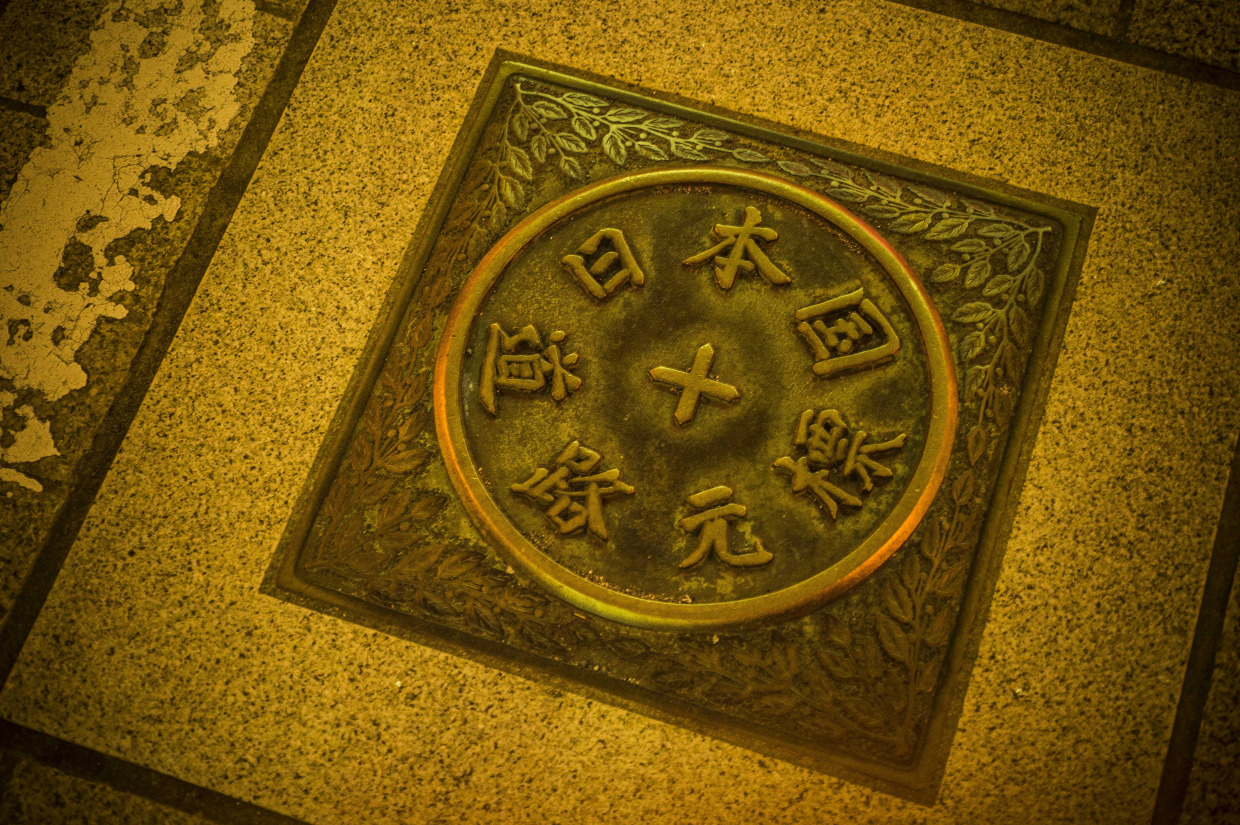
Table of Contents
1. The Full Picture Remains Unseen
2. Dot Watchers
As the new year began, the second edition of The Japanese Odyssey (TJO) felt much more welcoming to me, eager for revenge after the previous year.
The official website was more detailed, even including specific route information.
The event starts at Nihonbashi.
Throughout the text outlining the event’s philosophy and overview, I sensed the organizers’ growing enthusiasm and respect for Japan, the host country, even more so than the previous year.
The site was still only available in English, likely because they were, like other ultra-distance races, aiming to attract participants from around the globe.
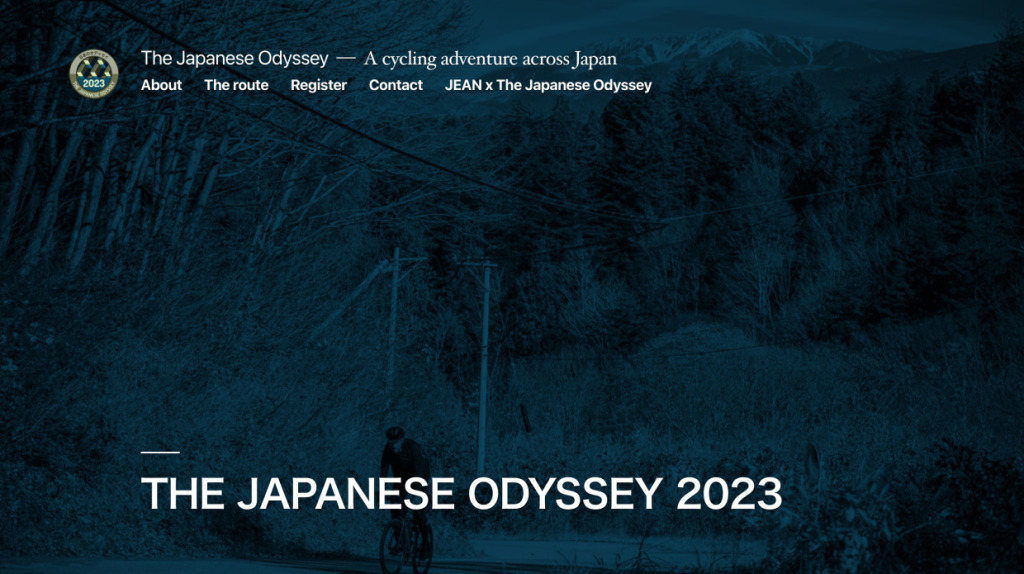
However, just like the previous year, there was no Japanese site to be found. Questions lingered—are any Japanese involved in organizing this event, and is there even room for that? These uncertainties continued to flash in my mind, as they did the year before. Regardless,
I was determined to grasp the full picture.
That year, I resolved to carry out my coverage of the event.

As part of my pre-event preparations, I first reviewed the rules and then began analyzing the designated checkpoints and predicting the possible route.
One of TJO’s unique features is the checkpoint system.
Participants must pass through (clear) all officially designated checkpoints in order to be recognized as finishers.
To verify these passes, every participant is required to install an official GPS device on their bike, which is provided before the race.
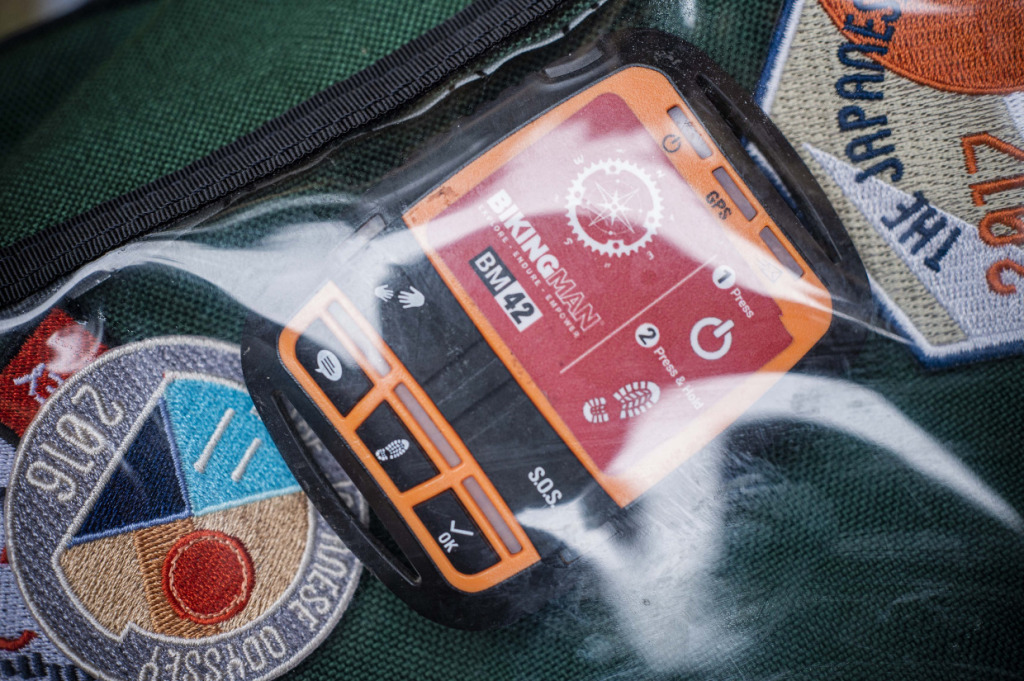
Thanks to GPS, the real-time location of every participant is reflected on a map provided by the official tracking service on the internet, alongside individual icons.
This allows not only the organizers but also the participants and their family and friends to track precise location data 24 hours a day throughout the race.
Several companies in Europe and the U.S. offer this service, which is extremely useful for safety management. Many races use this system, and without it, the development of today’s ultra-distance races would likely not have been possible.
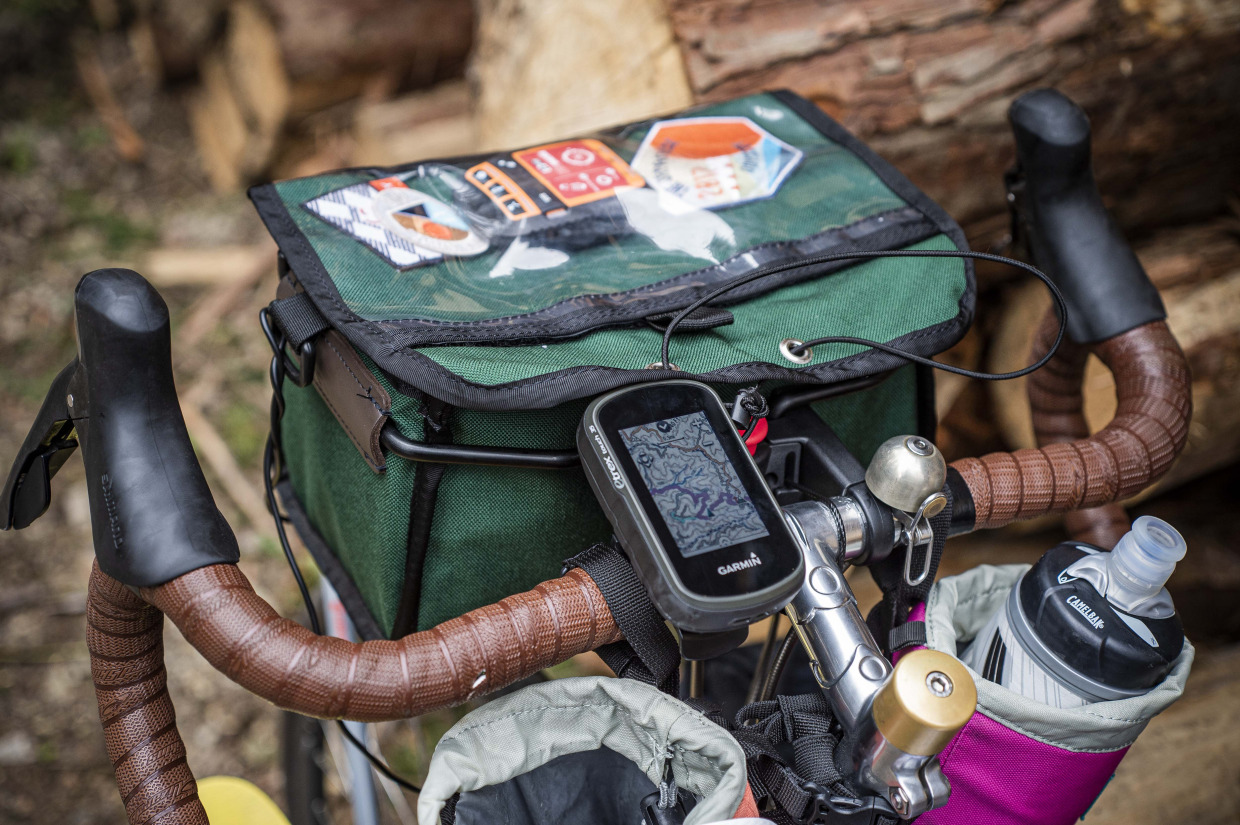
Incidentally, the participant icons displayed on the tracking service are commonly referred to as ‘dots.’ Enthusiastic ultra-distance race fans cheer on these ‘dots’ on the map, often with a beer in hand.
While it may seem like an activity for true enthusiasts, it’s surprisingly fun once you try it.
These fans are called ‘dot watchers,’ and they quietly support participants by sending encouraging messages as they struggle in solitude.
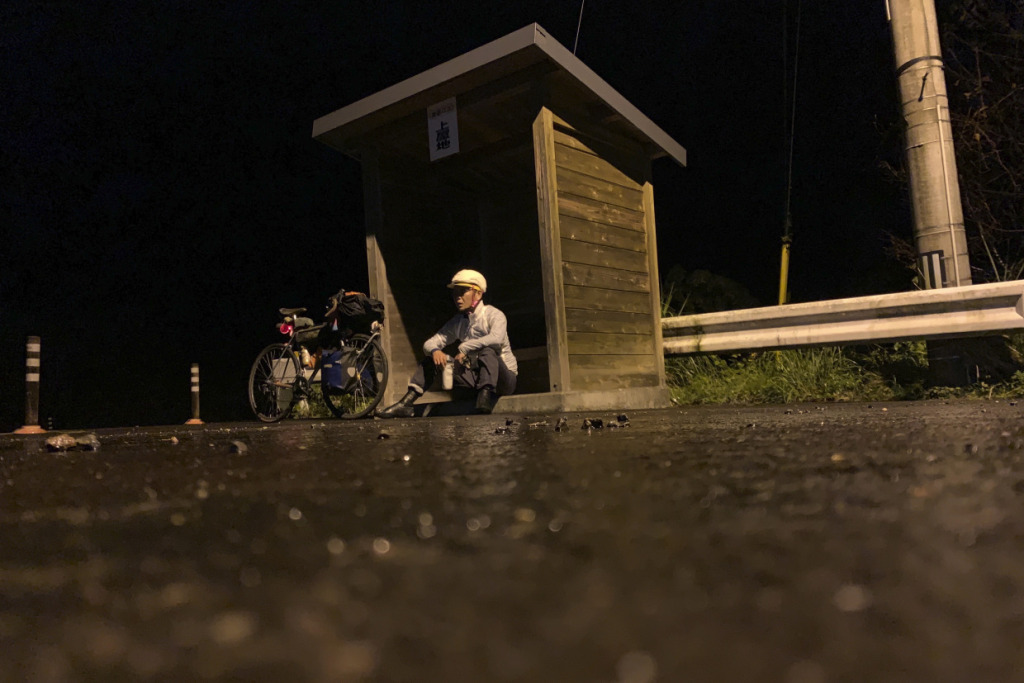
“To be continued”
Next time
“A crazy setup.”
🚴♂️The Japanese Odyssey Official Website
https://www.japanese-odyssey.com/
🚴♂️What is the Rumored Japanese Odyssey?
#01 Into the World of Ultra-Distance
#02 2015, aiming for July 18th.
#03 Toward The First Year of My “The Japanese Odyssey”
#04 A crazy setup.
#05 The mastermind behind the “mystery”
#06 “Japan favoritism” or “Bias towards Japan”
Text&Photo_ Eigo Shimojo
Profile

Eigo Shimojo
Born in Nagano Prefecture in 1974
Belongs to IPU Japan Photographers Union
He became independent in 2000 as a freelancer and established Greenhouse Studio, which handles a wide range of photography and video production.
His life’s work is pursuing underground HIPHOP and bicycle culture around the world.
Post Date:2024.09.09